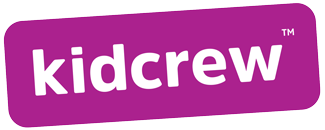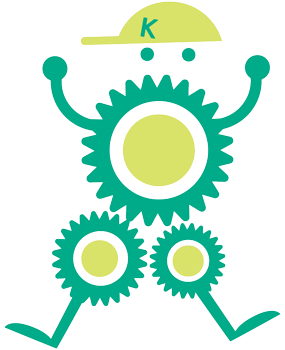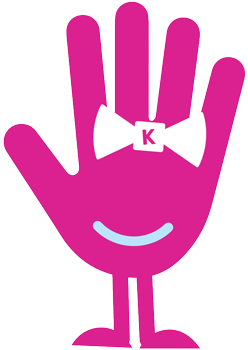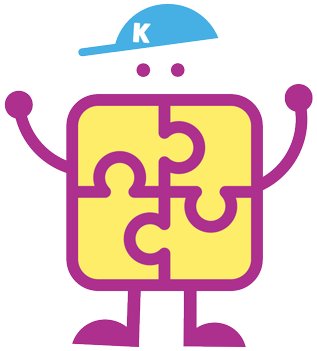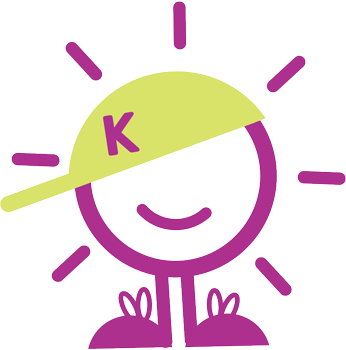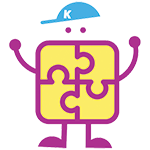Here are my ten best tips for back-to-school success!
It’s time for back to school, your kids are excited and maybe a little nervous.
For the child with a learning difficulty, going back to school day can be especially anxiety provoking.
So how can a parent help her child with the transition back to school so that the new year is a successful one with better grades and higher test scores?
Here are 10 tips to make this time easier for you and your child:
1. Better Organization
Children with learning issues, such as dyslexia, expend more energy than other children learning to read and write. For them school can be exhausting. One way to help them conserve energy is with a good organization system.
At the beginning of the year when school starts enroll your child in creating a system to get organized.
One simple idea can be colorcoding her binders (red for math, blue for social studies, etc.). Maintain the same colors from year to year so your child knows, all of my assignments for math are always in the red binder.
The exact system is not as important as having a system that works for your child and that your child helped you design.

2. Get The Right Clothes
As summer draws and children go back to school, parents often head to the stores to buy new clothes. For the children, the main goal may be to find something fun or “cool”, but this is another great opportunity to help your struggling reader preserve energy.
Many children with learning issues also have fine motor difficulties. So tasks such as tying shoes, buttoning shirts, and zipping jacket can be an issue. Take these “energy leaks” away by finding clothes that are easier for your child.
For example, shoes with velcro straps can be a great substitute. Read about kids & backpacks.
3. Get The Right School Supplies
Back To School Success relies very much on proper supplies. In addition to getting organized with the right binders and notebooks, another way you can help your struggling reader is to find the right school supplies.
As mentioned above, many children with learning struggles also have difficulty with fine motor skills. So the right pens or pencils can make all the difference in helping them with writing. Another option is to find the rubber grips that slip over the pencil and make it easier to hold.
4. Celebrate 5 Wins
For the child with a learning issue, school can seem like a series of challenges. They may begin to question their own intelligence since so little seems to come easy for them.
A simple way to help your child’s selfesteem, and his success at school, is to help him focus on what he does well. To do this, at the end of the day, as you are saying goodnight to your child, run through “five wins” with him.
These are five things that went right that day, or that he did well at, or that he is proud of. A “win” may be something like a good grade on a quiz. It also can be doing well in a sport, overcoming a fear of being on stage or helping out a friend.
5. Master The Spelling Words
Along with reading, some students struggle with learning the spelling words. Rote memorization and flashcards do not work for these children.
So right now, investigate the ways that a more “rightbrained” student would learn how to spell. At www.DyslexicAndUnstoppable.com we discuss ways of including color, movement, and even a story in the learning, to help the spelling words “stick” in their mind to have a successful year.
6. Improve Their Nutrition
Children need good nutrition for proper growth and maturation and brain development. Yet any parent will tell you the trick is to actually get children to eat these foods. So now is the time to start some good nutritional habits.
There are all sorts of ways to get good ingredients into your child’s foods without too much fuss. One easy way is simply to read ingredients. Look for simpler foods, that have fewer preservatives and artificial flavors.
Matching color and texture is another way to go. For example, pureed carrots can be added to mac and cheese without changing the color or texture. As you add in one new healthy substitute, you will begin to crowd out the less healthy foods.
7. Improve Their Sleep
Over the summer bedtime is often later and some bad habits, like the TV, may have snuck their way into your child’s nighttime routine.
So right now start improving this routine. Go back to a set bedtime. Turn off the electronics at least a half-hour before, and get to bed early.
Set a routine that your child’s body begins to associate with going to sleep (hint the “5 wins” can be an excellent part of this routine).
8. Start A Conversation
With Their Teacher The beginning of the year is the best time for you to forge a great collaboration with your child’s new teachers.
Help your child’s teacher get to know your child by discussing her strengths, the issues she has overcome, set expectations in the areas where she still needs support, and the subjects that inspire her. By helping your child’s teacher get the full picture of your child, you can help her formulate a plan to best aid your child.
Also by starting out on the right foot with the teacher, you will establish a great relationship with her and she will be more inclined to help your child work through challenges that may come up over the year.
9. Use Audiobooks
In the latest news, audiobooks are the best back-to-school tool!
Isn’t that cheating? Shouldn’t children learn to actually read the books that are required this year?
Audiobooks are not meant to be a substitute for reading. Instead, they can be an excellent complement to the actual book. For the child with severe struggles in reading, audiobooks provide them a way to understand the plot of the story before they begin to read the book.
This will help keep them motivated when the actual reading becomes difficult.
10. Have Fun
Since all children are innately curious and love discovering new things, help your child reconnect with the fun of learning.
When he comes to you with a challenge that he doesn’t understand, rephrase it as a puzzle to be figured out or a mystery to be solved. If your child has a reading or research assignment to be done, discuss with the teacher the possibility of your child doing it on a subject he loves.
For example, if your son loves sports, he may truly enjoy reading a biography about his favorite sports hero. Not only will having fun with learning help your child have a great year, but it will establish a love of learning that can lead to a lifetime of success.
Back To School Snacks – right here!
Wishing You All Back To School Success!

FAQ’S – Frequently Asked Questions
What is the best tool for this school year?
A successful school year comes with five common tools: organization, rules and procedures; positive relationships, engagement/enjoyment of learning, and a culture of thinking.
How do you keep momentum after school begins?
When school seems like a chore, it is important to teach children different perspectives and gratitude. When things don’t seem as shiny and new subjects start becoming routine challenges , its time we remind our kids that there’s more than one way of looking at the world around them while also giving thanks for their teachers who help guide us through this journey in school.
Why is the school schedule important?
A school schedule helps teachers communicate with their students by creating a strong foundation of expectations. It also allows teachers to let parents know special holidays and half days, as well as student conferences and report card dates.
#YouGotThis

